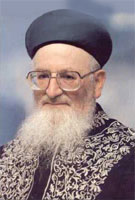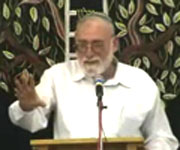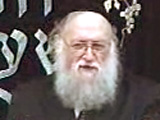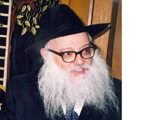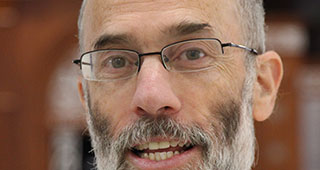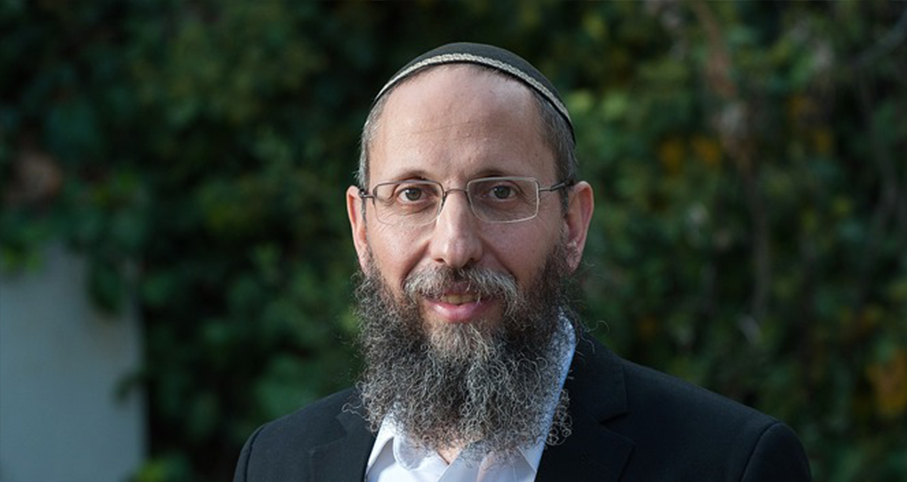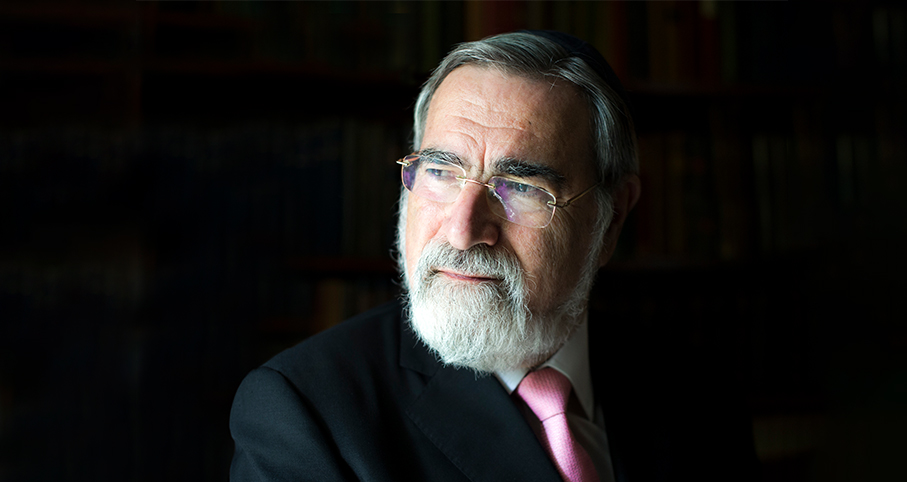Beit Midrash
- Torah Portion and Tanach
- Shmot
- Tetzave
- Sections
- Chemdat Yamim
- Parashat Hashavua
Aharon had four sons: Nadav, Avihu, Elazar, and Itamar. The first two were killed when acting inappropriately before Hashem. Elazar succeeded his father and helped divide Eretz Yisrael among the generation that entered the Land. His son, Pinchas, received a covenant of eternal priesthood due to his zealousness in defending Hashem’s honor. His extremely long reign as spiritual leader spanned the majority of the period of the Judges. He apparently lost the kehuna gedola as a result of spiritual downturns accompanying civil wars at the time of pilegesh b’Giva and that of Yiftach.
During the next period, Itamar’s descendants held the kehuna gedola. First Eili ran the Mishkan’s operations in Shilo. His sons, Chofni and Pinchas, were killed in battle, as were other kohanim soon thereafter. However, Eili’s descendant, Achiya, served during Shaul’s reign (Shmuel I, 14:3). It is apparently his brother, Achimelech, who was killed along with many other kohanim in Nov, by Shaul’s decree, when they appeared to support David. Evyatar, Avimelech’s son, wandered in exile with David.
It is not surprising that after all of these tragedies to Itamar’s family, when David made a census of the kohanim and formed 24 shifts of service, 16 of them came from Elazar’s family. The reemergence of the house of Elazar was completed when Shlomo removed Evyatar from office, after which time the kehuna gedola always rested in the family of Tzadok, a descendant of Elazar.
The choosing of a family of kohanim gedolim follows a trend of choosings that shaped the way our nation serves Hashem. Eretz Yisrael was chosen from the lands, and Jerusalem from its cities. The Beit Hamikdash was chosen among Jerusalem; Aharon was chosen as the kohen and David’s family as kings. What is interesting is that Tzadok’s choice is linked to the choice of Jerusalem. In the wake of Avshalom’s rebellion, David fled Jerusalem, and Tzadok wanted to accompany him. David told him to return because if he, David, would merit returning to his throne, it would be, of necessity, in Jerusalem. David saw that, in any case, Tzadok must be linked to Jerusalem and remain there. On that day, Evyatar tried unsuccessfully to access the urim v’tumim and Tzadok emerged as the permanent choice as the progenitor of the kehuna gedola.
As our haftara shows, along with the eternal nature of the choice of Jerusalem, the prominence of the family of Tzadok is also eternal.
The Holy Temple: A World of Splendor
Parashat Tetzave
Rabbi Zalman Baruch Melamed | Adar B, 5763
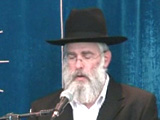
Purim and the Priestly Garments
Rabbi Ya'akov Shapira | 7 Adar 5785

Is Wearing a Kipa Halachically Required?
Rabbi Stewart Weiss | Adar I 8 5782








